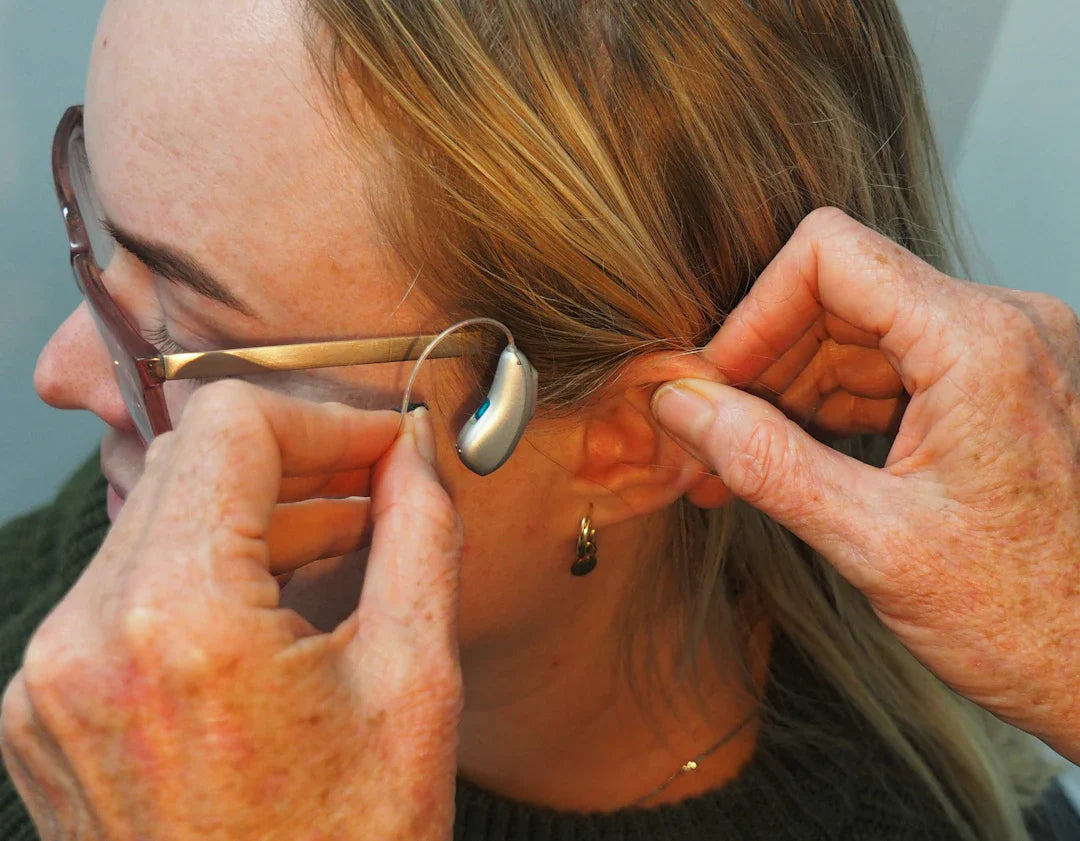In a world where technology continues to evolve at an astonishing rate, the field of audiology has made considerable strides, particularly when it comes to hearing aids. Today, hearing aids are not just devices that amplify sound; they are smarter, more versatile, and increasingly integrated with streaming technology. However, with this advancement comes a wealth of information—and sometimes confusion. This blog post will guide you through the essentials of hearing aids and streaming technology, ensuring that you’re informed about your options and best practices in hearing care.
How Hearing Aids Work
Before diving into streaming technology, it’s essential to understand the basics of hearing aids. In essence, a hearing aid amplifies sound, making it easier for individuals with hearing loss to understand speech and enjoy their surroundings. However, modern hearing aids do much more than just amplify sound; they employ sophisticated technology to enhance user experiences.
The Components of Hearing Aids
- Microphone: Captures sound from the environment.
- Amplifier: Boosts the volume of the sound for the user.
- Speaker: Delivers the amplified sound into the ear.
- Batteries: Power the device and often use advanced charging technologies like the Signia Charge & Go Inductive Charger.
With advancements in technology, many new models now include features such as noise cancellation, directional microphones, and more. This variety allows users to enjoy a more tailored hearing experience.
The Impact of Streaming Technology on Hearing Aids
One of the most groundbreaking advancements in the realm of hearing aids is the integration of streaming technology. These features allow users to connect their devices wirelessly to various audio sources.
Benefits of Streaming Technology
Streaming technology in hearing aids provides numerous advantages, including:
- Enhanced Sound Quality: Direct streaming offers superior audio clarity compared to traditional audio pathways.
- Seamless Connectivity: Users can connect to smartphones, televisions, and other devices effortlessly.
- Remote Adjustments: Many hearing aids now come with apps that allow users to adjust their settings without needing to visit their audiologist.
Exploring the Connection
Most modern hearing aids, equipped with bluetooth capabilities, allow for smooth connections with smartphones and other devices. This means you can take calls, listen to music, or engage with various media directly through your hearing aids.
How to Connect Your Hearing Aid to Your Devices
Your journey into the world of streaming technology starts with understanding how to connect your hearing aids to your devices. While each model might differ slightly, the general process involves:
- Checking that your hearing aids are compatible with your device.
- Ensuring that both devices have Bluetooth turned on.
- Pairing your hearing aids with the device through your settings menu.
- Listening to your favourite audio directly via your hearing aids.
It’s a simple process, but if you need help, don’t hesitate to contact your audiologist for detailed instructions tailored to your specific model.
Earwax Removal and Hearing Aid Performance
One aspect often overlooked by hearing aid users is the importance of regular earwax removal. Earwax, while a natural part of our ear’s defence system, can lead to several issues with hearing aids.
Why Earwax Management Matters
- Interference: Excessive earwax can block the microphone openings, leading to distorted or muffled sound.
- Device Malfunction: Wax build-up can cause moisture retention, leading to potential damage and reduced lifespan of your hearing aids.
- Sound Quality: Clear ears equal better sound quality, ensuring you get the most from your hearing aids.
It’s advisable to incorporate regular earwax removal sessions into your hearing care routine, either at home or with a professional.
Understanding Hearing Loss
Before seeking out a hearing aid or streaming technology, it’s crucial to understand the nature of hearing loss itself. Hearing loss can manifest in various forms:
- Conductive Hearing Loss: This type occurs when there’s an issue in the outer or middle ear that prevents sound from being conducted properly.
- Sensory Hearing Loss: Often resulting from damage to the inner ear, this is the most common type of permanent hearing loss.
- Mixed Hearing Loss: A combination of conductive and sensory hearing loss.
If you're experiencing hearing difficulties, it's vital to consult with an audiologist. They will conduct the necessary assessments to determine the cause of your hearing loss and recommend appropriate interventions, which may include hearing aids and additional hearing care services.
Choosing the Right Hearing Aid for You
With numerous options available, choosing the right hearing aid and technology to suit your needs can be overwhelming. But it’s essential to identify the features that are most important to you. Here’s a breakdown of some key aspects to consider when selecting your hearing aids:
1. Type of Hearing Aid
There are several styles of hearing aids available:
- BTE (Behind the Ear): Known for their powerful amplification, these hearing aids are suitable for various levels of hearing loss.
- ITE (In the Ear): Custom-shaped to fit the ear canal, these devices are less visible.
- RITE (Receiver in the Ear): Combining features of BTEs and ITEs, these are becoming increasingly popular.
2. Lifestyle Considerations
Your lifestyle will significantly influence the type of hearing aids that best suit you. Do you spend a lot of time in challenging listening environments, such as crowded places or concerts? If so, you may want hearing aids that offer advanced features, including noise reduction and directional microphones.
3. Streaming Capabilities
If you love listening to music, podcasts, or other media, ensuring your hearing aid has robust streaming features is crucial. This will elevate your audio experience and keep you connected to the sounds you love.
Engaging in Hearing Care
Taking proactive steps in your hearing care journey can significantly improve your hearing experience and overall quality of life. Here are some actionable steps:
- Regular Audiology Visits: Schedule routine check-ups with your audiologist to assess your hearing and adjust your hearing aids if necessary.
- Practicing Safe Listening: Be cautious when using headphones and adjust the volume to safe levels to avoid further damage to your hearing.
- Staying Informed: Keep up with the latest advancements in hearing aid technology to ensure you’re always benefiting from the best features available.
Your Path to Clarity
Although the path to overcoming hearing loss can be daunting, the integration of streaming technology into hearing aids signals a bright future for audiology. By understanding the different features available, managing earwax, and regularly consulting your audiologist, you can enjoy a world of sound that enriches your life. Whether you're just starting your hearing care journey or seeking to upgrade your technology, know that support is always at hand and that clarity is within your reach.




